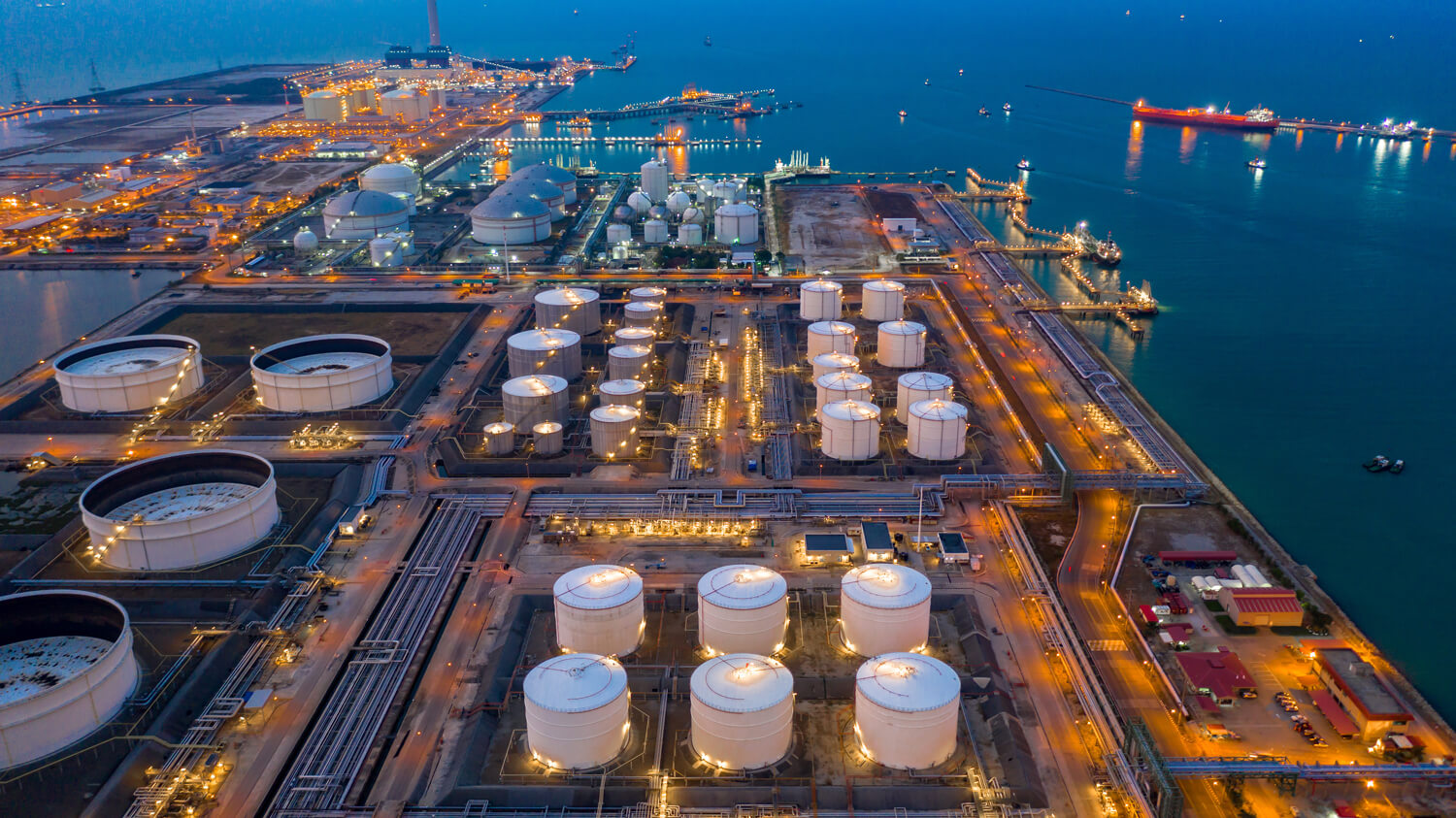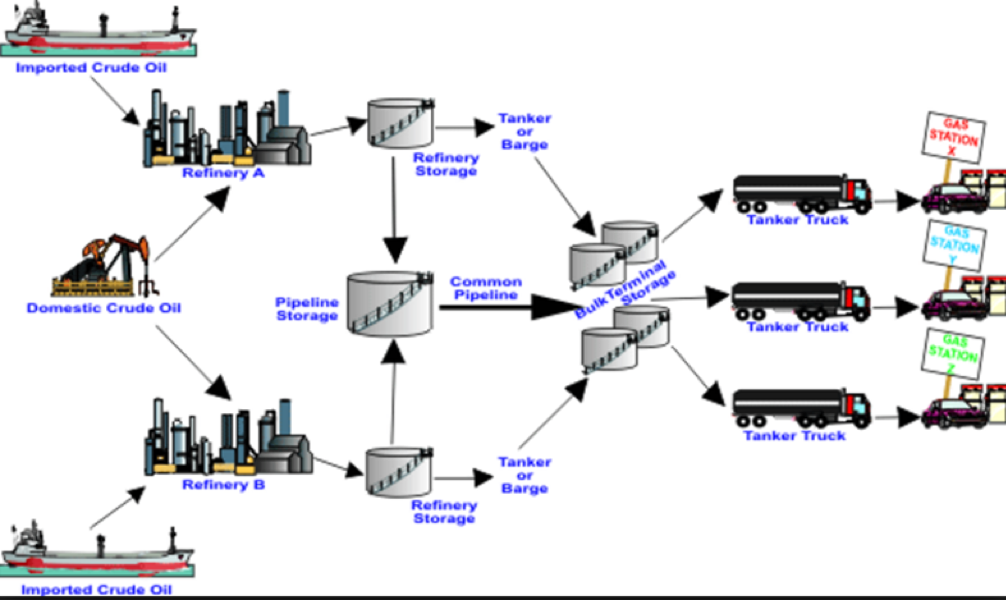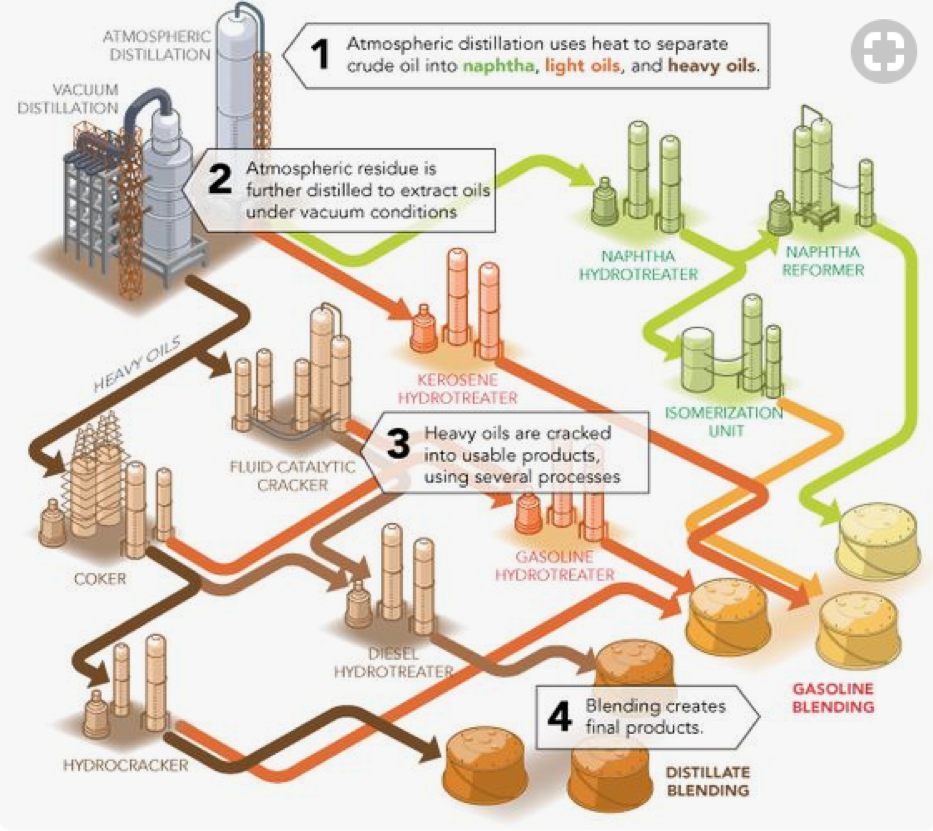Storage Facility

DP intends to construct an ultra-modern storage facility, close to the port to serve as a distribution point in Ghana and other nearby African countries. The storage facility will have both underground and above ground and the will be strategically positioned to facilitate easy loading and discharge of products
The site will have several tanks both underground and above ground with well-planned and design access route for Tankers for quick and seamless transportation service. The facility will be used for both import and exports. It is intended to have the following capacities;
- to receive products from Oil Jetty at the port in to the storage tanks
- to receive products from ABB pipeline into the storage tanks
- to export products by pipeline transfer to ships at the Oil Jetty
- to export products by pipeline transfer to ship at ABB
- to distribute products by loading trucks at the gantry

Facility Features
The petroleum industry has experienced significant changes in the types of products used to feed the refineries around the world. The increased use of petroleum products has prompted the industry to turn to other sources for supply. Changes in product, physical, and chemical properties impose new challenges to the storage tank industry. Environmental and safety requirements continue to be a significant factor in the selection and design of the storage tanks used by the petroleum industry.
The general types of atmospheric storage tanks (AST) in use may be
The general types of atmospheric storage tanks (AST) in use may be
- Open top tanks (OTT)
- fixed-roof tanks (FRT)
- external floating-roof tanks (EFRT) or
- Internal floating-roof tanks (IFRT).
The above ground storage tank has evolved with time however; both the underground and aboveground tanks will be used although the aboveground tank has emphasized improved safety and improved product loss control.
Production facilities generally rely on either open-top tanks or fixed-roof tanks operating at or slightly above atmospheric pressure.
Production facilities generally rely on either open-top tanks or fixed-roof tanks operating at or slightly above atmospheric pressure.


